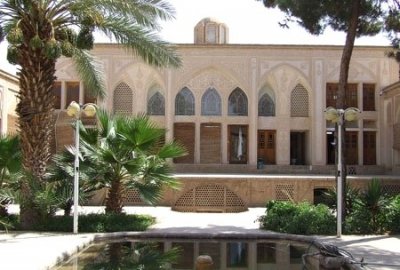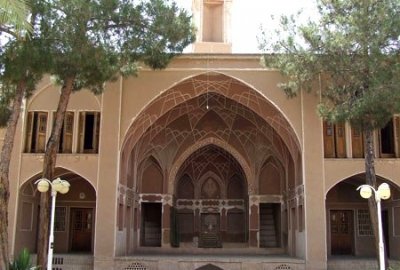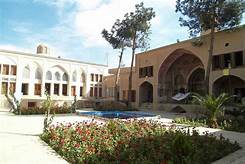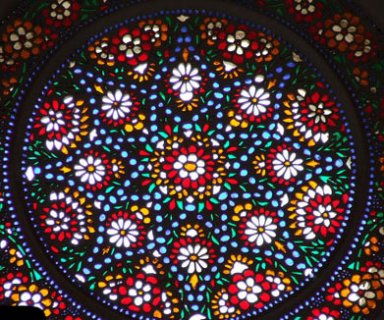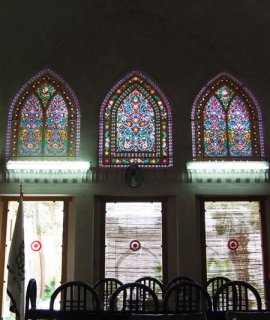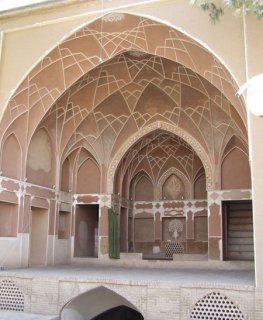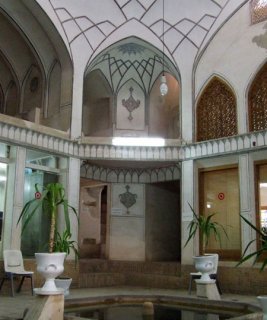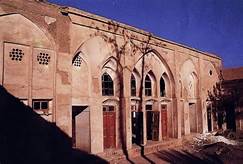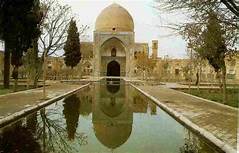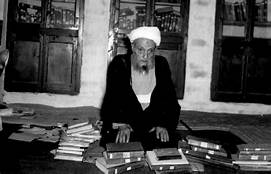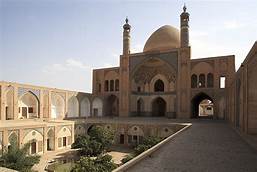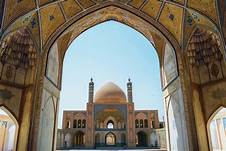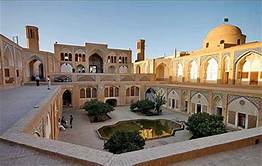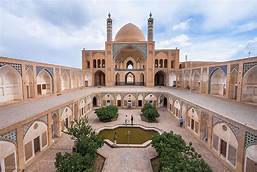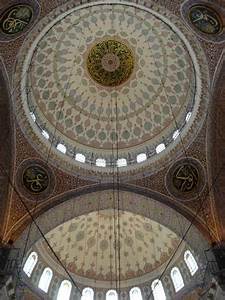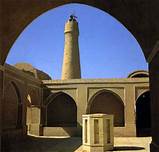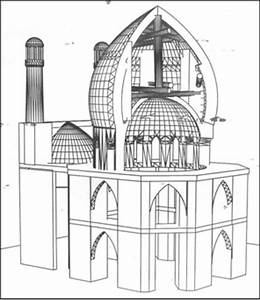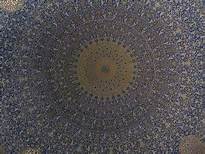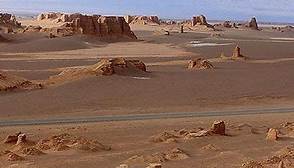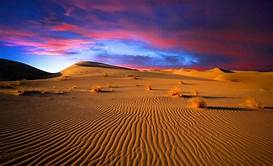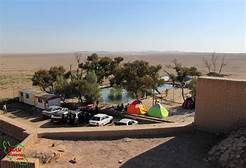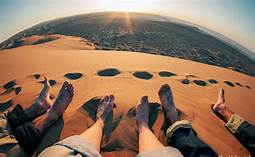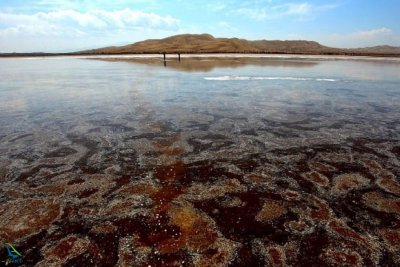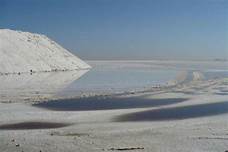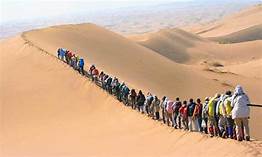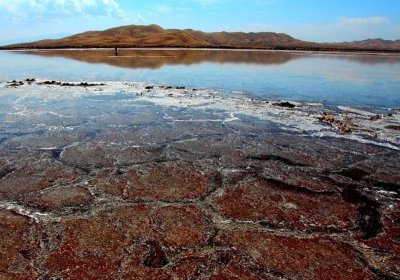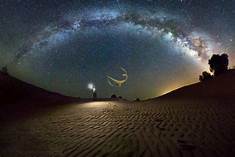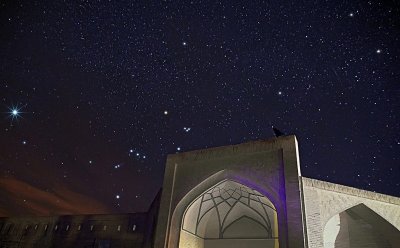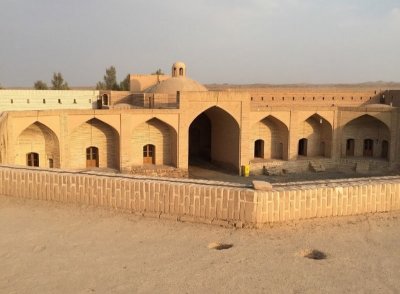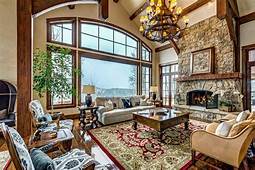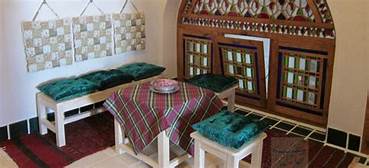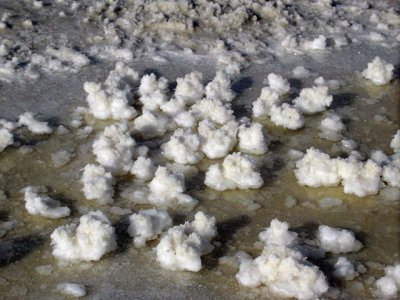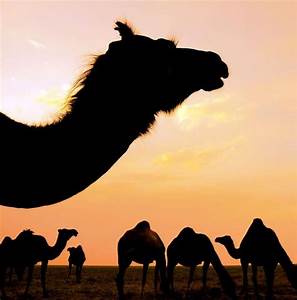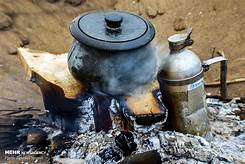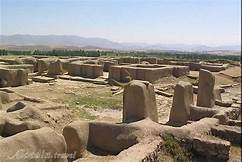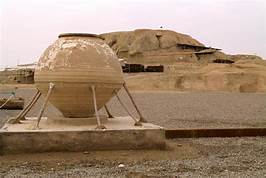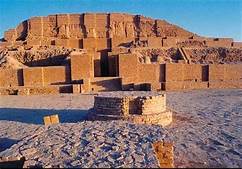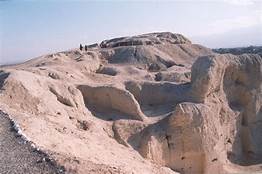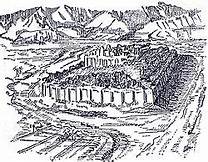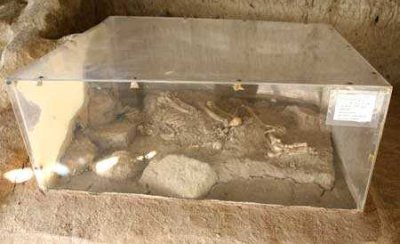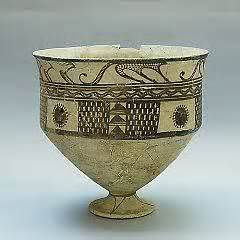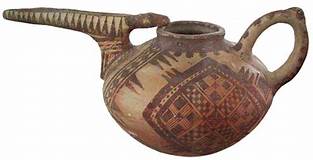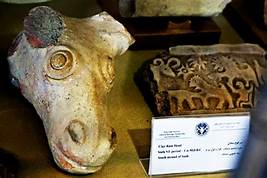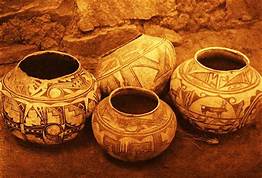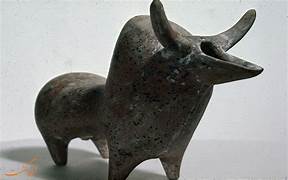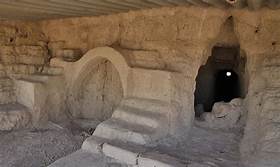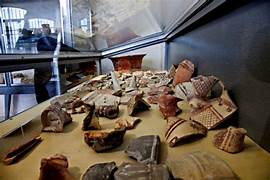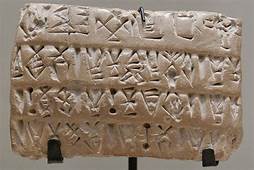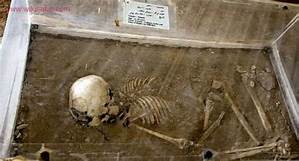On the way to Marnjab …
First of all, it is better to know that Marnjab desert is located approximately 48 km north of Aran and Bidgol cities in Isfahan province, which is a part of the big desert of Rig dam and is located in its west. Maranjab is bounded on the north by the Salt Lake, also known as the Aran and Bidgol Salt Lake and the Masileh Salt Lake, and is located at an altitude of 850 meters above sea level.
Maranjab Desert is located in the north of Aran and Bidgol, which is 4 km from Kashan in the vast province of Isfahan. Sultan and Hoz Marah and finally to Aran and Bidgol cities from the south.
It is said that the name of this desert was chosen by Shah Abbas Safavid. Some also say that digging wells and aqueducts and reaching fresh water in the desert has been a very arduous and difficult task, which is why it was formerly called the “man of water suffering", which gradually changed to Marnjab.
You may think that the desert is a dry, waterless and grassy area, but it is not bad to know that due to the presence of water and proper food, this desert has animal and even rich vegetation. The presence of animals such as wolves, jackals, sand foxes, chameleons, lizards, hyenas, snakes, lizards and scorpions, birds such as eagles and hawks, as well as plants such as turkeys, arches, eagles, scorpions, scissors and cattle tails confirm this claim. There has even been a pair of cheetahs in recent years.
High sandy hills, arched forests, salt lakes and the beautiful night sky are also among the attractions of this desert
Wandering Island is another natural attraction of the desert, which is located on Lake Masile. Of course, this place is not what we expect from the name of the island, because it is surrounded by salt marshes instead of water. However, at certain times of the year, due to the rainfall around it, the water rises by about two to five centimeters and gives it a beautiful appearance. This has led indigenous peoples to believe that the place is moving and moving, hence the name Wandering Island. The island is located five kilometers from the cities of Aran and Bidgol.
Aran and Bidgol salt lakes are located 35 km from the city and with an area of about 647 square kilometers is one of the best attractions of Marnjab desert. Of course, the lake is dry and salty for most of the year, however, after rain and water evaporation, you can encounter interesting scenes such as geometric shapes from salt deposits, which are not without experience.
Both of these points carry risks such as salt marshes that need to be taken very seriously. Among the attractions of this desert, in addition to the above, you can visit the salt mines of Kanjeh Chah, the Maranjab Caravanserai (built by order of Shah Abbas), the Dastkan Chah (believed to be dug by the eighth Shiite Imam), Rig Boland, Kolang Mountain, Karshahi Castle. He mentioned Yakhab Mountain and Matinabad Camp.
There are different routes to reach and cross the Marnjab Desert, each with its own attractions. However, if you plan to travel to this place by car, we recommend that you take the main route (Aran and Bidgol). Of course, you can travel from other routes, but this requires two-differential cars and complete and sometimes expensive equipment, as well as a very skilled guide.
Maranjab Caravanserai
Maranjab Caravanserai is located on a hill next to which there is a spring and freshwater aqueduct. This brick caravanserai was built as a resting place for caravans that intended to travel on the Silk Road communication route. Entering the Caravanserai, we encounter a yard measuring 20 by 30 meters, which is surrounded by 29 rooms. In the corners of this caravanserai, there are 6 towers that are intended for guarding and protecting the building. The plan of Maranjab Caravanserai, which is square in shape, is very similar to the buildings of Ain al-Rasheed and Bahram Siah Kuh Palace.
Marnjab Caravanserai has now become a tourist base. There is a traditional dining room inside that serves. It is also possible for travelers to stay overnight in the caravanserai rooms. The caravanserai rooms are for 10 and 15 people, and travelers and desert climbers can choose according to their needs. Welfare facilities such as private bathrooms and toilets are also provided for each room.
ادامه »
